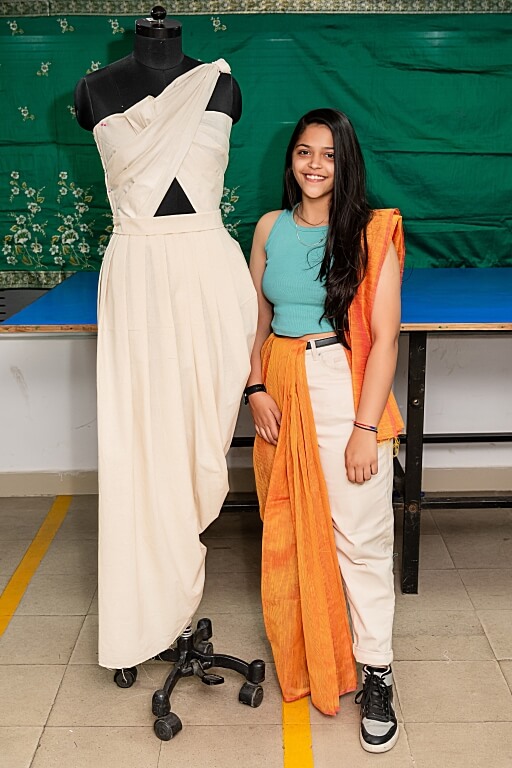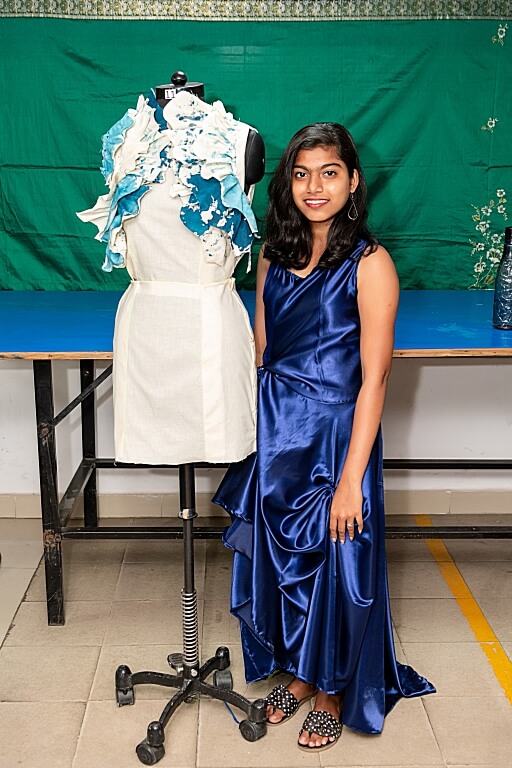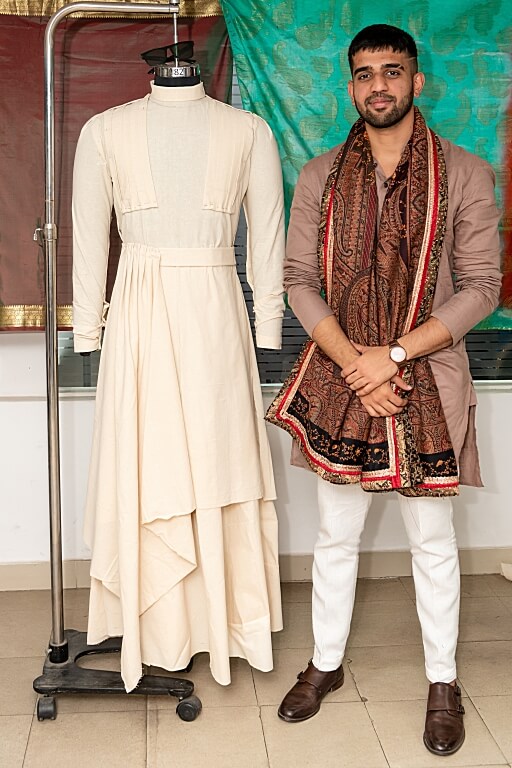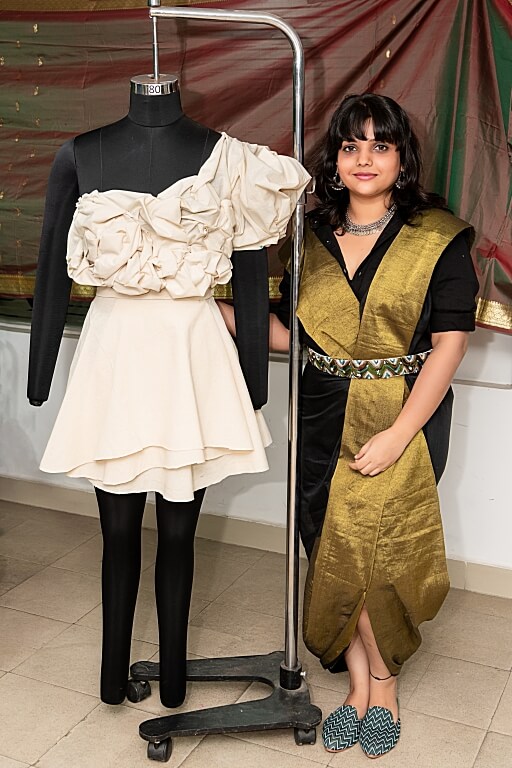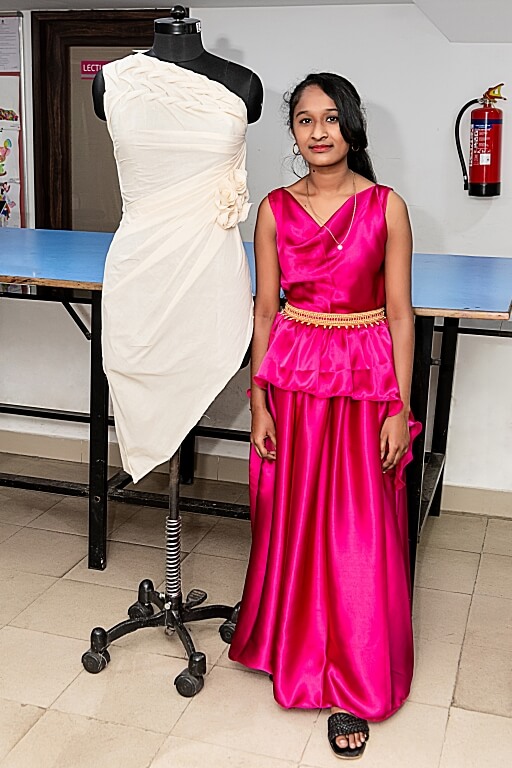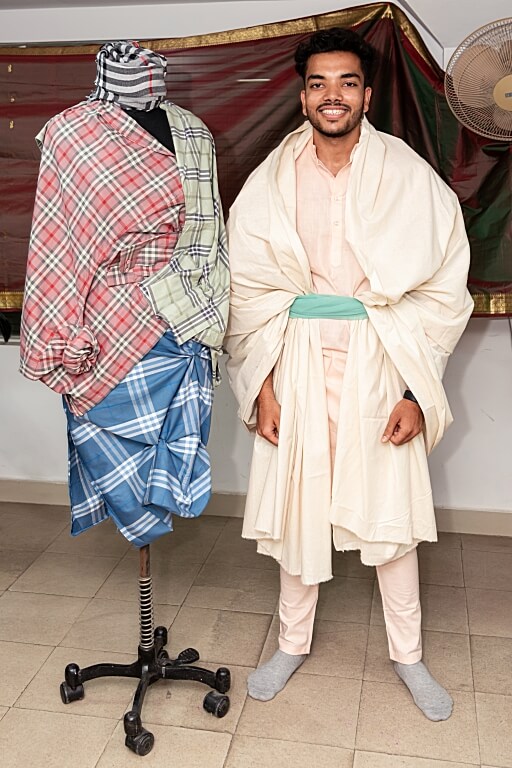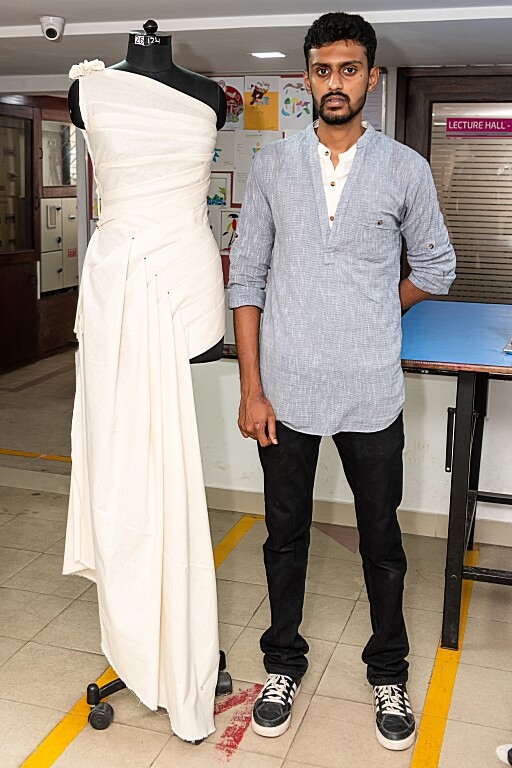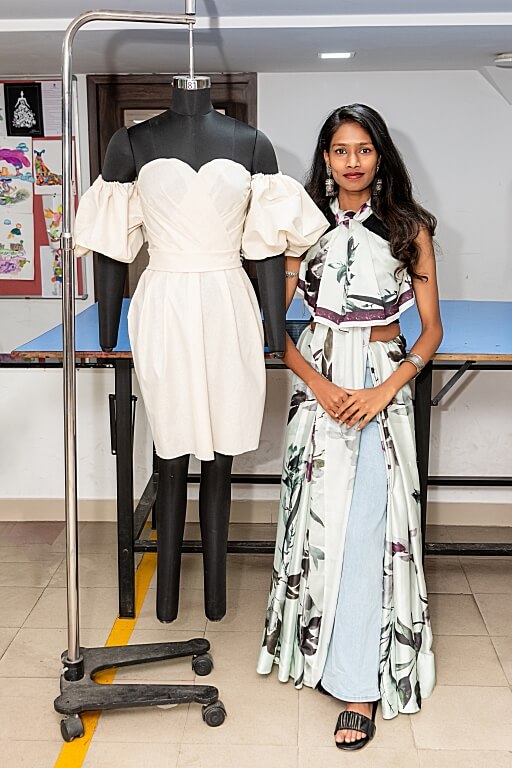Draping Display by Aspiring JEDIIIANS
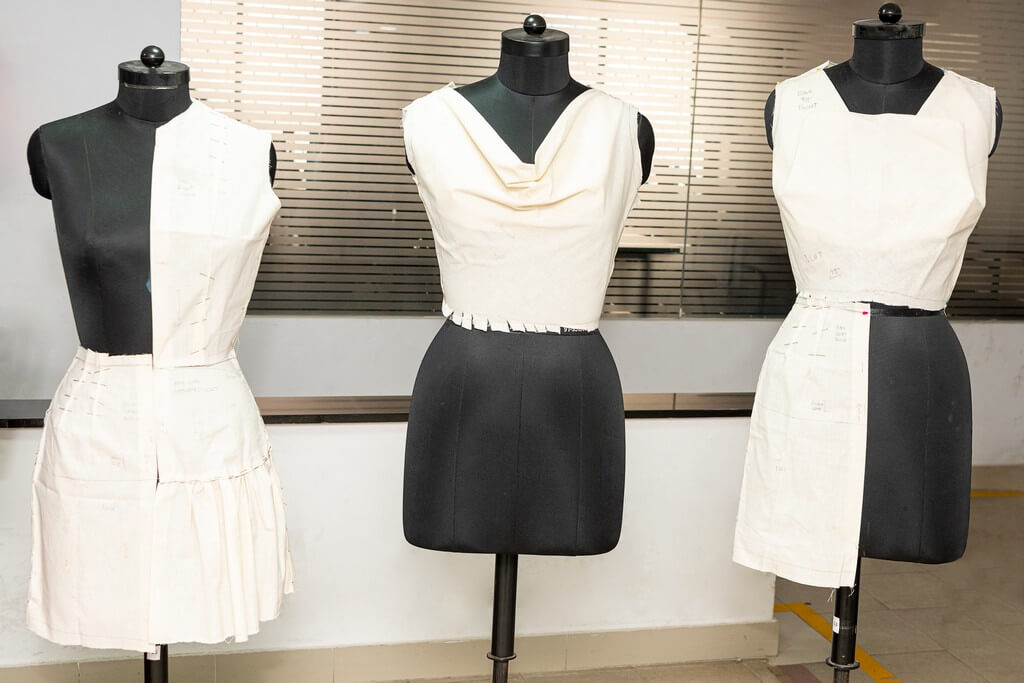
Fashion Designing is one among the sought after career paths that are chosen by many young minds. In order to achieve a career in fashion, it is mandatory to understand and comprehend the base required to design a garment from scratch. There are many subjects within Fashion Designing that are to be learnt, among these subjects is ‘Draping’. Draping is an art of transforming a two dimensional piece of fabric into a three dimensional representation of a design that is visualized by the designer.
History Of Draping
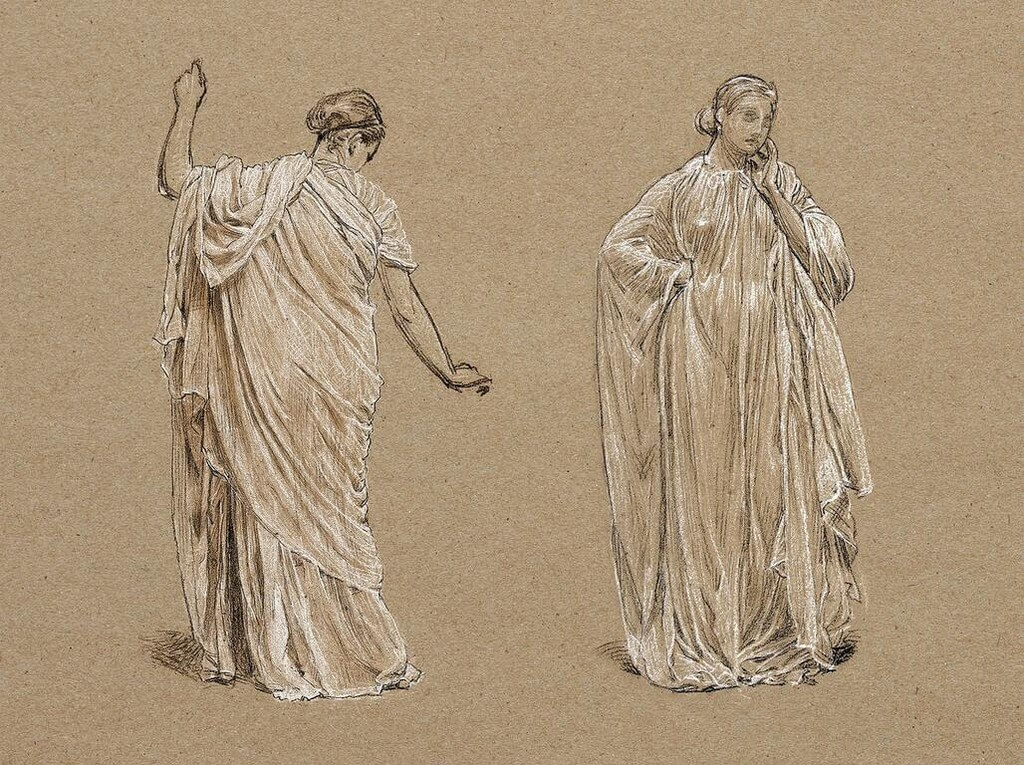
Draping was first discovered to be used by Ancient Egyptians in draping chiton, peplos and himation
The art of ‘Draping’ dates all the way back to 3500 BCE, which marks the beginning of the Mesopotamians and Ancient Egyptians. Around the same time, Greek fashion also followed the invention of draped silhouettes, in the form of Chiton, peplos, chlamys and himation. Toga is a length of fabric that wraps and is draped around the body which was invented by the Etruscans and Ancient Romans.
However, Ancient Egyptians were not the only ones who used the technique of draping. Greek fashion designers and Roman fashion designers also depended on draping to curate their garment styles. The fashion designers used fabrics to create gowns and robes that were draped elegantly across the body. Flemish painter Rogier Van Der Weyden, was the reason behind the popularity of portrait paintings with cloth backgrounds in the 15th century. This marked the beginning of a new style called ‘Cloth Painting’.
Ever since, draping has continued to play an essential part of the Fashion Designing process. Till date, the skill of draping is being used in creating elegant and sophisticated garment collections that hug the body, gracefully.
Importance Of Draping
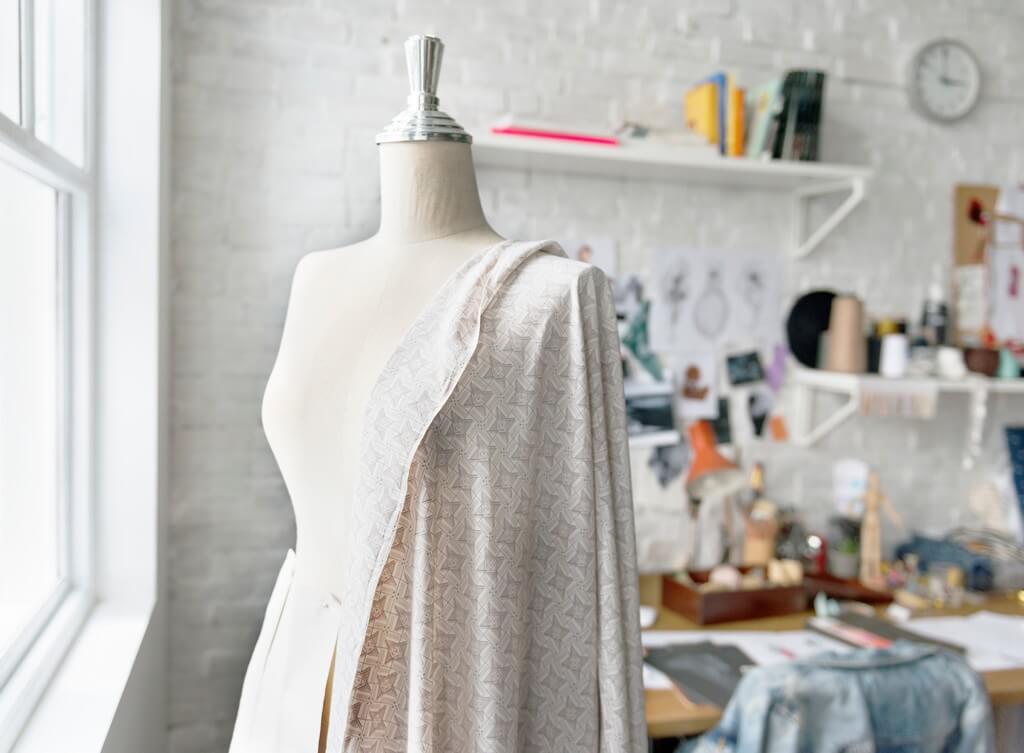
Draping is a form of art that helps in experimenting with various shapes and silhouettes
Draping is one of the most important skills that is to be learnt by any aspiring fashion designer. Draping is a form of art that helps a fashion designer to visually create and note the various folds and shaping of the fabric that is required to carry out the best version of their design. Here is simple on point list of reasons as to why draping plays the crucial role in designing:
- It allows the designer to experiment with different styles, shapes, designs and fabrics that make it easier to go forward without sewing the fabric together
- It helps in designing garments that fit the shape of the body perfectly
- It educates and enhances the skills of working with various fabrics and manipulates them as per the desired shapes.
- It allows for understanding the flexibility of the fabric as well as the design.
Draping from all the information above, it is obvious how important it is in the field of Fashion Designing. Hence, at JD Institute Bangalore organizes an end-of-module display, to encourage students to enhance their draping skills, by inspiring themselves from a particular topic and converting that into a drape design. He aspiring designers pursuing their Diploma in Fashion Designing had taken part in the display that was organized for them at the end of their module to showcase their hard work and skills put into their draping module.
Students of Diploma In Fashion Design, proudly present their work or art
Our enthusiastic JEDIIIANs not only displayed their draping skills but also chose to drape themselves in their favorite drape styles. Their work was inspired by various kinds of pleats, collars and ruffles. Some of them also took inspiration from various fictional characters.
Draping is one among the most crucial skills that every fashion designer is required to have basic knowledge on. This design skill helps the designer communicate their idea to the client or team. Aspiring JEDIIIANS of Diploma in Fashion Design, have outdone themselves, by making extra efforts to showcasing their work proudly.




